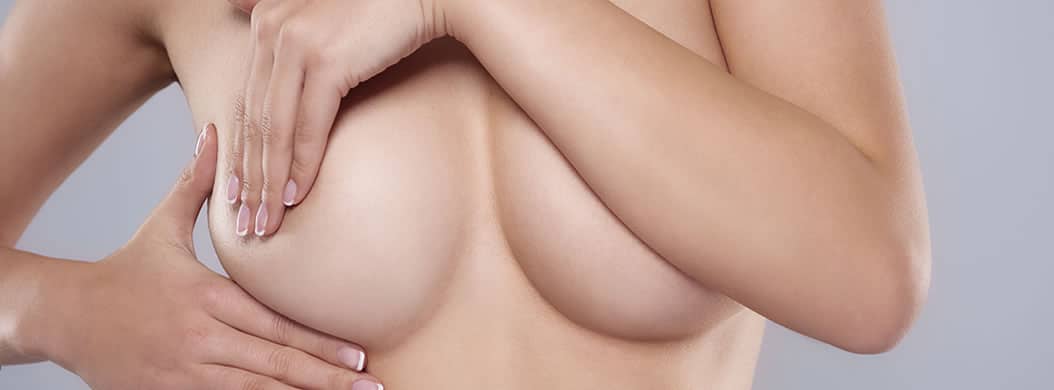

Tissue flaps are one of the most common forms of breast reconstruction, as they supply additional muscle tissue and skin to camouflage implants and help them look more natural, or recreate the breast mound with no need for implants or other foreign materials. These procedures involve taking skin, fat and/or muscle, usually from the abdomen or back, and placing them in the breast area after a mastectomy. The flap may remain attached to its original blood supply or can be reattached to another part of the body.
Because of the natural tissue used, tissue-based reconstruction produces warm, soft breasts that last for many years.
There are several different types of flaps that can be used during breast reconstruction, depending on the condition of the breast after mastectomy, as well as the personal preference of the patient. Your doctor will discuss these options with you prior to your reconstruction procedure to ensure that you receive the most appropriate treatment for your individual needs.
Breast Reconstruction with DIEP Flap
A deep inferior epigastric perforator (DIEP) flap uses skin and tissue from the abdominal area to recreate the breast mound after a mastectomy procedure. In most cases, there is enough excess fat and skin in the tummy area to create a new breast mound and restore the patient’s appearance.
During the DIEP flap reconstruction procedure, an incision is made in the stomach, just below the navel, and layers of skin and fat are lifted up, similar to the technique used in a tummy tuck procedure. Along with the deep inferior epigastric perforator artery and vein, which is preserved to supply blood to the new breast tissue, the tissue flap is then moved to the breast area. The blood vessels are reattached using microsurgery and the transported skin and fat are reshaped to create a breast mound before they are sutured into place.
TRAM Flap
The transverse rectus abdominis myocutaneous (TRAM) flap is the most commonly performed reconstructive flap used to recreate the breast mound or enhance the appearance and feel of breasts that were reconstructed using implants. For most women, this procedure is successful in naturally reconstructing the treated breast, although it is not ideal for thin women with not enough abdominal tissue, or those who are obese, as they will be at an increased risk for an abdominal hernia after surgery.
During the TRAM flap reconstructive procedure, an incision will be made in the abdomen to lift layers of skin, fat, muscle and blood vessels. These tissues may then be cut from the body and then reattached with microsurgery to create a free flap, and/or a tunnel is created under the skin to relocate the targeted tissue to the breast area for a pedicle flap. The breast mound is then carefully reshaped with these tissues.
LD Flap
The latissimus dorsi (LD) flap has been used successfully with implant or tissue expander reconstructions since the 1970s, providing women with a natural-looking, aesthetically-pleasing reconstructed breast. Composed of soft tissue, this type of flap often enhances an implant reconstruction to produce breasts that look and feel more natural.
During an LD flap reconstruction, a muscle flap (and attached skin, if needed) is taken from the back and moved through a tunnel to the front of the chest. The LD flap receives its blood supply from the thoracodorsal artery, which remains attached after surgery to ensure proper blood flow to the flap. This helps ensure that the transported skin and muscle will continue to live in the breast. LD flap breast reconstruction usually takes two to three hours to perform, and patients will need to stay in the hospital for one to three days.
Since this procedure requires two different surgical sites, recovery is longer than other reconstructive procedures. There will be scarring in the breast area and in the back, although the back incision can be made horizontally and then efficiently concealed with a bra strap. Patients will likely need to rest at home for three to six weeks in order to allow the treated areas to heal. It is especially important to avoid heavy lifting and strenuous activity during the healing process.

Whether you have a question or would like to set up a consultation, Dr. Trussler and his staff are here to help. Please fill out our contact form, or call our Austin office at 512-450-1077 to schedule an appointment. Start your journey to not only looking, but feeling better today!
